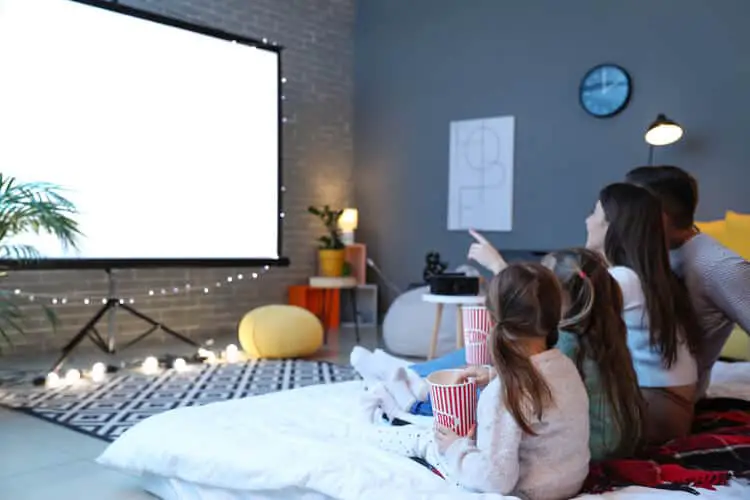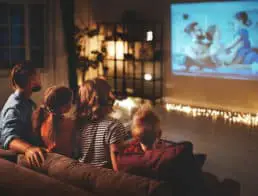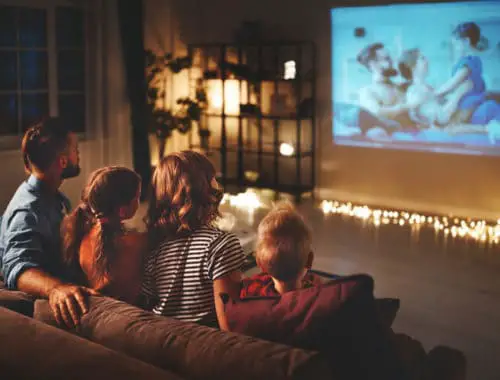With people wanting and needing to spend more time at home in recent months, going to the movie theater has become less popular than it once was. The solution that many have found is to create a home theater. This can be fun for everyone from toddlers to teens, parents to grandparents. Having a home theater can save you money in the long run, and it’s always more comfortable to snuggle in at home where the temperature and refreshments are exactly what you are looking for. Interested in setting up your own home theater? Here are some of the essentials you’ll need on hand.
Location Is Everything
The first thing you need for the ultimate DIY home theater is a place in your home to accommodate the family, the seating, and sound system, and so on. If you have a family room or recreation room, this is the obvious choice. If not, though, you can choose a different area of your home.
An open living room could be an option, depending on the noise tolerance of your household members. Remember that without walls enclosing the room, the sound will travel. If you have young children and you plan to enjoy your home theater after they go to bed, then a centralized living room is probably not going to be the best location unless their bedrooms are located far from the noise.
If you have an extra bedroom, you could turn it into a den or home theater. With some creativity and flexibility, you could even transform your daytime home office into a theater by night. A three-season porch is another possibility, depending on the climate in your location as well as whether you have heating or cooling options available in that part of the house. Even the garage is a great place to have your home theater if you aren’t using it for parking the car.
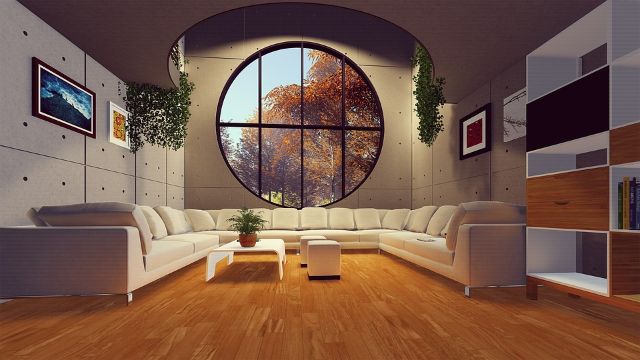
Image courtesy of Pixabay
Surround Yourself With Sound
Your sound system is going to make the difference between just “watching a movie” and feeling as though you’re right in the center of the action. The easiest way to accomplish this is to purchase a surround sound system that includes the receiver and speakers. You’ll also need AV cables; in addition, many systems will require HDMI or optical cables. If you don’t know what you’re doing, you can hire someone to help you. Alternatively, you can find online tutorials that will walk you through the basics.
Something you’ll need to keep in mind is that depending on the acoustics of your particular space, you might need to experiment a bit with where the speakers should go. For example, a larger room might need more speakers, while a smaller room might be overwhelmed by too much sound. It might be best to start with a smaller system with fewer speakers and then add more if you need them; in many spaces, a little sound will go a long way.
Project Your Entertainment
The popular choice for home theaters nowadays is generally a big-screen television. But that’s not the only (or even the best) way to showcase your movies! You can get a projector that will project the media right onto a large white wall (or, if you’re outdoors, a garage door or even a white sheet). This makes for the ultimate big-screen experience, as it’s closest to how the commercial movie theaters show their films. (And you don’t have to worry about if the projector is bad for your eyes!)1
The room will stay darker thanks to a projector’s ability to reflect, rather than emit, light. You can also adjust the image to 120 inches or more, which is far beyond what most in-home televisions can accommodate. The images will be crisp and clear; many projectors offer 4K quality. You might think that this would be far beyond your financial constraints, but you might be surprised to know that there are a variety of affordable projectors under $200 available.
Arrange Seating Thoughtfully
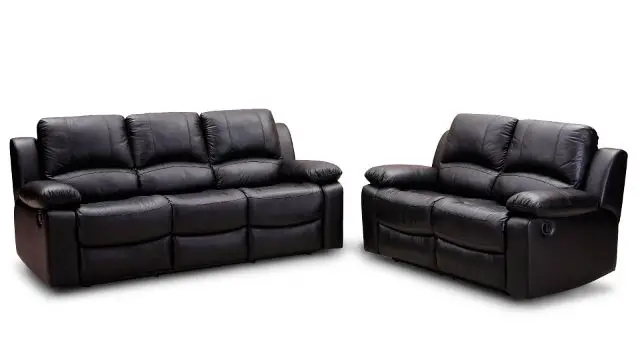
Image courtesy of Pixabay
If you have a young family, your little ones might be perfectly happy to snuggle up on the couch or even on beanbag chairs on the floor to watch their favorite flicks. If you have more of an adult crowd, though, you might consider something more akin to cinema-style seating. Picture a row of recliners or even stadium-style seating with risers keeping those in the back several inches higher than those in the front.
The most important thing is to be able to accommodate everyone and also to allow everyone to get a good view of the screen. Nothing is as frustrating in a home theater as having to strain your neck to see what’s happening. Measure your theater area and think about what you can fit.
In addition to the essentials listed above, you’ll want to think about all of the special touches that make the theater experience what it is. A popcorn machine, a soda fountain, or another way to serve cinema-worthy refreshments is key. THough you may want to make sure you’re making healthy choices for your family.2 So is good lighting; you want to be able to get to your seat without tripping, but you also don’t want any annoying lights diminishing your view of the movie. Talk to your family members to see what’s most important to them, and then hone your home theater to reflect everyone’s priorities. Enjoy your family time and enjoy the show!
Article Sources
Home Life Daily uses only high-quality sources, including peer-reviewed studies, to support the facts within our articles. Read our editorial process to learn more about how we fact-check and keep our content accurate, reliable, and trustworthy.
- Sliney DH, Stack C, Schnuelle D, Parkinson J. Optical safety of comparative theater projectors. Health Phys. 2014;106(3):353-364. doi:10.1097/HP.0b013e3182a5fc47
- Wong S, Pauzé E, Hatoum F, Kent MP. The Frequency and Healthfulness of Food and Beverage Advertising in Movie Theatres: A Pilot Study Conducted in the United States and Canada. Nutrients. 2020;12(5):1253. Published 2020 Apr 28. doi:10.3390/nu12051253
